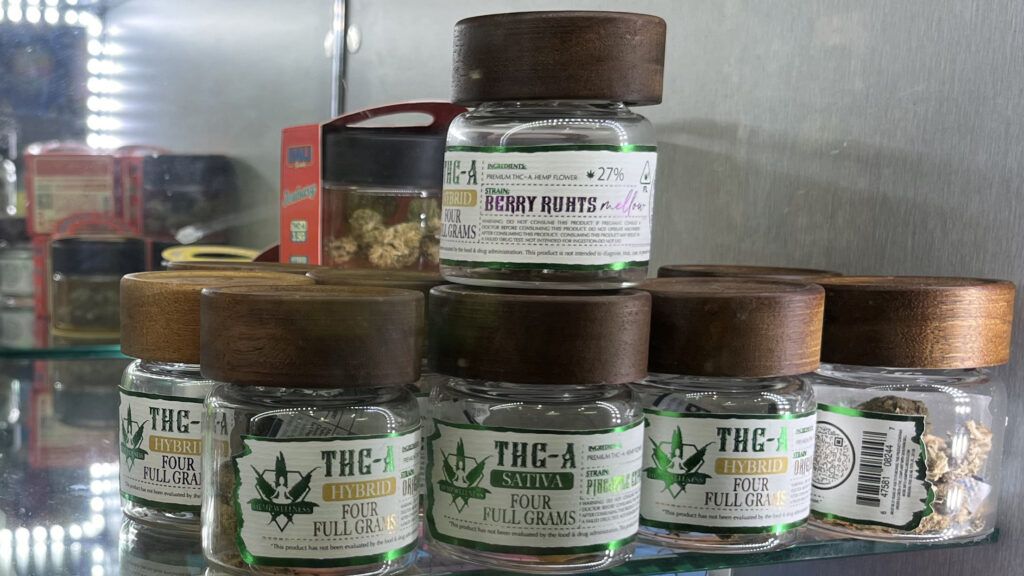The Evolution of Cannabis Strains: From Classics to Modern Hybrids

Cannabis, a plant of profound historical and cultural significance, has undergone a remarkable transformation over the centuries. From its ancient origins to the modern-day hybrids that grace dispensary shelves, the evolution of cannabis strains is a testament to human ingenuity and the ever-changing demands of consumers. This journey through time unveils the fascinating history and development of cannabis, highlighting key strains that have shaped the industry.
A Journey Through Time
Cannabis has been cultivated for thousands of years, with early uses ranging from medicinal to ritualistic. Ancient civilizations, such as the Chinese and Egyptians, recognized its therapeutic properties, utilizing the plant for ailments and spiritual practices. However, it wasn’t until the 1960s and 1970s that cannabis began to gain significant attention in the Western world. During this era, classic strains like Acapulco Gold and Panama Red emerged, celebrated for their distinctive flavors and potent effects.
These early strains, often referred to as landraces, were unique to specific regions, having developed naturally over centuries. Landrace strains are the purest form of cannabis, unaltered by human intervention. Their resilience and adaptation to local environments laid the foundation for the diverse array of strains we see today.
The Advent of Hybridization
As cannabis culture blossomed, so did the desire for new and improved strains. This led to the practice of hybridization, where different strains were crossbred to create plants with specific characteristics. The 1980s and 1990s saw a surge in hybrid strains, with breeders aiming to combine the best traits of multiple landraces. Iconic hybrids like Skunk #1, Northern Lights, and Haze emerged during this period, each bringing something unique to the table.
Skunk #1, for instance, is known for its pungent aroma and balanced effects, making it a favorite among recreational and medicinal users alike. Northern Lights, with its indica dominance, offers deep relaxation and pain relief, while Haze, a sativa, provides an energetic and uplifting experience. These hybrids set the stage for further experimentation and innovation within the cannabis community.
Modern Marvels: The Rise of Designer Strains
In recent years, the cannabis industry has witnessed an explosion of creativity and scientific advancement. Breeders now have access to sophisticated techniques and technologies, allowing them to create designer strains tailored to specific needs and preferences. This era of cannabis cultivation has given rise to strains like Girl Scout Cookies, Blue Dream, and Gorilla Glue, each boasting distinct flavors, aromas, and effects.
Girl Scout Cookies, a hybrid of OG Kush and Durban Poison, is renowned for its sweet and earthy profile, delivering a euphoric and relaxing high. Blue Dream, a cross between Blueberry and Haze, offers a balanced experience with its fruity flavor and calming effects. Gorilla Glue, on the other hand, is celebrated for its potent, sticky buds and powerful relaxation properties.
The Future of Cannabis Strains
The future holds no limit to the diversity of cannabis strains. With the advancement of genetic research and improving techniques, we can expect to see more specialized and finely tuned varieties. Cannabis strains are constantly evolving and inspiring new ideas and experiences, whether used for medical purposes, recreational use, or to experiment with novel tastes and sensations.
The evolution of cannabis from landraces to modern hybrids demonstrates the dynamic nature of cultivation. Each variety tells a story of human curiosity, innovation, and the enduring appeal of this extraordinary plant. By constantly enhancing cannabis breeding methods, we can envision the exciting new possibilities that await us in future cannabis culture.

